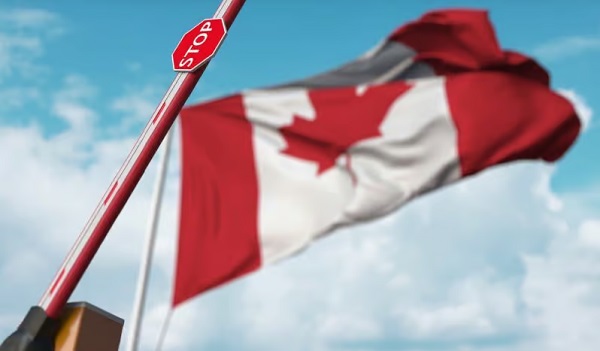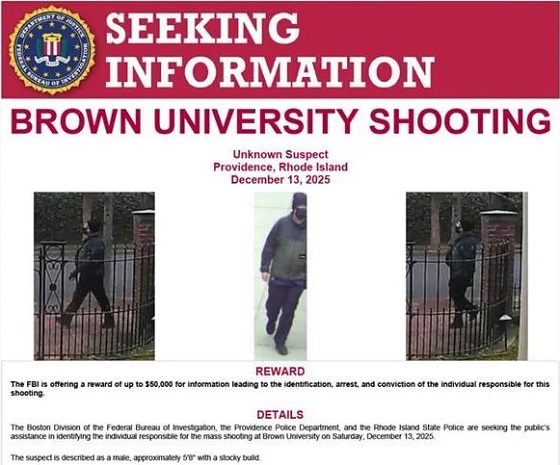Alberta
Free rapid tests, gathering rules eased slightly for Christmas season, and boosting boosters
Protecting Albertans against the Omicron variant
Alberta is taking immediate actions and clarifying health measures to protect Albertans and the health-care system against the highly transmissible Omicron variant of the COVID-19 virus.
Expanding rapid testing
Alberta’s rapid testing program is expanding to allow all Albertans to have access to free rapid tests. Test kits of five individual tests will be available at select Alberta Health Services sites and select pharmacies starting Dec. 17. More than 500,000 rapid antigen test kits will initially be available for at-home use. Rapid test kits will also be made available at more schools and for vulnerable populations.
Expanding vaccine boosters
As of Dec. 15, Albertans aged 50 and older and all health-care workers who had their second dose six months ago or longer can book a third dose of an mRNA COVID-19 vaccine to increase their protection against the virus. This will make up to 700,000 more Albertans eligible to book boosters.
Ramping up health system capacity
Alberta Health is working with Alberta Health Services on planning to restore intensive care unit surge capacity if Omicron begins to put pressure on the health-care system. Alberta Health is also reviewing policies for health-care worker exposure, infection prevention and control, and visitors to acute/continuing care sites.
Clarifying health measures
Albertans are being asked to observe public health measures over the holidays around social gatherings, masking and personal practices. Indoor social gatherings will remain limited to 10 people. This applies to Albertans aged 18 and over, with no limits on those under 18. Additionally, there will be no limits on number of households and no distinction between vaccine and unvaccinated attendees. With these modest changes, Alberta’s social gathering restrictions remain among the most stringent in Canada.
“We are closely monitoring developments around the Omicron variant and are taking immediate action to protect Albertans and slow the spread in our province. We strongly encourage Albertans to do their part to address the threat of Omicron by getting a booster dose, using rapid tests when appropriate and following Alberta’s public health guidelines.”
“More Albertans are choosing to be vaccinated and following public health measures, which is helping protect Alberta’s health system. However, as with past variants, Omicron has the potential to change the situation quickly. Immediately expanding access to booster doses and offering free rapid testing will allow Albertans to identify infections and protect against them.”
“We are expanding our successful at-home rapid testing program to help parents, students and staff feel even more confident about learning safely in the classroom. It’s another layer of protection, together with vaccines and public health measures, to keep school communities safe.”
“Vaccines remain the most effective tool we have against COVID-19. It is especially important to get the booster dose when eligible with emerging information about third doses being more effective against the Omicron variant. Vaccines give good protection against severe disease and hospitalization but their effectiveness can decrease over time, especially with this new variant. I encourage eligible Albertans to take advantage of the increased protection that third doses offer, even if they have had a previous COVID-19 infection.”
Booster eligibility expansion
Starting Dec. 15, Albertans aged 50 and older and all health-care workers can book a third dose of an mRNA COVID-19 vaccine if they received their second dose at least six months before.
Eligible individuals can book appointments for third doses online with participating pharmacies or AHS by using the Alberta vaccine booking system. Albertans can also call 811, participating pharmacies or participating physicians’ offices.
Albertans who were previously eligible for third doses continue to be able to book their appointments. For information on eligibility, visit alberta.ca/vaccine.
At-home rapid test kits
Starting Dec. 17, Albertans can pick up a free BTNX rapid test kit from 700 select pharmacies in Edmonton, Calgary and Red Deer, and 140 select Alberta Health Services sites in other communities. To find a location, visit alberta.ca/CovidRapidTests. As more tests become available from Health Canada, more locations will be added.
Kits will be available on a first-come, first-served basis. To ensure as many Albertans have access as possible, there is a limit of one box of tests within a 14-day period per person. Albertans can pick up one additional box for another person(s) who cannot pick one up themselves provided they have each individual’s health care number.
Each BTNX rapid test kit contains five rapid tests. For maximum benefit, an individual should use two tests each week, 72 hours apart. Tests are of particular benefit for those who have had a recent COVID-19 exposure. Each test kit includes an information sheet with details on how and when to use the test.
These tests are intended for at-home personal use for regular screening in asymptomatic people. Albertans who screen positive on a rapid test or who have COVID-19 symptoms should book a confirmatory PCR test through Alberta Health Services and must isolate for 10 days or until they receive a negative PCR test result.
In-home rapid tests will also be made available to foster families and kinship caregivers with school-aged children.
Albertans who are looking for tests for their workplace are encouraged to access tests through their employers’ rapid test programs. If an employer does not provide tests, Albertans must provide documentation from privately paid tests.
The rapid test kits provided for free through Alberta’s rapid testing programs cannot be used for the Restrictions Exemption Program (REP), which requires privately paid test results.
Additionally, the rapid test kits cannot be used for travel. They do not include appropriate documentation, so Albertans should not attempt to use them for domestic or international travel needs.
School rapid testing program
All K-6 schools on alert status (two or more cases in the last 14 days who were present at school while infectious) can now request rapid test kits. Participation in the program is optional for schools, parents and staff.
Eligible schools can submit a K-6 at-home rapid testing program request form. More information is available online.
To date, more than 90 schools have requested tests for students and staff and more than 35,000 students and staff have accessed rapid tests through this program.
All rapid tests are only for people without COVID-19 symptoms. If an individual has COVID-19 symptoms, they must not use a rapid test. They should stay home, isolate and book a test through Alberta Health Services with the online assessment tool or by calling 811.
Rapid testing program
Rapid tests continue to be available to any public, private or not-for-profit employer or service provider with an approved COVID-19 screening program.
Organizations can continue to apply at alberta.ca/rapidtesting or with their local chamber of commerce.
Social gathering changes
Effective immediately, indoor private social gatherings will no longer be limited to two households. The maximum number of individuals 18 years and older permitted is 10. In addition, there will be no distinction between vaccinated and unvaccinated Albertans.
The temporary state of public health emergency has lapsed. However, all other current public health restrictions remain in effect, including mandatory masking in indoor public places.
Outdoor social gathering capacity remains at 20 people, regardless of vaccination status. Physical distancing between households is required.
Alberta
Alberta’s new diagnostic policy appears to meet standard for Canada Health Act compliance

From the Fraser Institute
By Nadeem Esmail, Mackenzie Moir and Lauren Asaad
In October, Alberta’s provincial government announced forthcoming legislative changes that will allow patients to pay out-of-pocket for any diagnostic test they want, and without a physician referral. The policy, according to the Smith government, is designed to help improve the availability of preventative care and increase testing capacity by attracting additional private sector investment in diagnostic technology and facilities.
Unsurprisingly, the policy has attracted Ottawa’s attention, with discussions now taking place around the details of the proposed changes and whether this proposal is deemed to be in line with the Canada Health Act (CHA) and the federal government’s interpretations. A determination that it is not, will have both political consequences by being labeled “non-compliant” and financial consequences for the province through reductions to its Canada Health Transfer (CHT) in coming years.
This raises an interesting question: While the ultimate decision rests with Ottawa, does the Smith government’s new policy comply with the literal text of the CHA and the revised rules released in written federal interpretations?
According to the CHA, when a patient pays out of pocket for a medically necessary and insured physician or hospital (including diagnostic procedures) service, the federal health minister shall reduce the CHT on a dollar-for-dollar basis matching the amount charged to patients. In 2018, Ottawa introduced the Diagnostic Services Policy (DSP), which clarified that the insured status of a diagnostic service does not change when it’s offered inside a private clinic as opposed to a hospital. As a result, any levying of patient charges for medically necessary diagnostic tests are considered a violation of the CHA.
Ottawa has been no slouch in wielding this new policy, deducting some $76.5 million from transfers to seven provinces in 2023 and another $72.4 million in 2024. Deductions for Alberta, based on Health Canada’s estimates of patient charges, totaled some $34 million over those two years.
Alberta has been paid back some of those dollars under the new Reimbursement Program introduced in 2018, which created a pathway for provinces to be paid back some or all of the transfers previously withheld on a dollar-for-dollar basis by Ottawa for CHA infractions. The Reimbursement Program requires provinces to resolve the circumstances which led to patient charges for medically necessary services, including filing a Reimbursement Action Plan for doing so developed in concert with Health Canada. In total, Alberta was reimbursed $20.5 million after Health Canada determined the provincial government had “successfully” implemented elements of its approved plan.
Perhaps in response to the risk of further deductions, or taking a lesson from the Reimbursement Action Plan accepted by Health Canada, the province has gone out of its way to make clear that these new privately funded scans will be self-referred, that any patient paying for tests privately will be reimbursed if that test reveals a serious or life-threatening condition, and that physician referred tests will continue to be provided within the public system and be given priority in both public and private facilities.
Indeed, the provincial government has stated they do not expect to lose additional federal health care transfers under this new policy, based on their success in arguing back previous deductions.
This is where language matters: Health Canada in their latest CHA annual report specifically states the “medical necessity” of any diagnostic test is “determined when a patient receives a referral or requisition from a medical practitioner.” According to the logic of Ottawa’s own stated policy, an unreferred test should, in theory, be no longer considered one that is medically necessary or needs to be insured and thus could be paid for privately.
It would appear then that allowing private purchase of services not referred by physicians does pass the written standard for CHA compliance, including compliance with the latest federal interpretation for diagnostic services.
But of course, there is no actual certainty here. The federal government of the day maintains sole and final authority for interpretation of the CHA and is free to revise and adjust interpretations at any time it sees fit in response to provincial health policy innovations. So while the letter of the CHA appears to have been met, there is still a very real possibility that Alberta will be found to have violated the Act and its interpretations regardless.
In the end, no one really knows with any certainty if a policy change will be deemed by Ottawa to run afoul of the CHA. On the one hand, the provincial government seems to have set the rules around private purchase deliberately and narrowly to avoid a clear violation of federal requirements as they are currently written. On the other hand, Health Canada’s attention has been aroused and they are now “engaging” with officials from Alberta to “better understand” the new policy, leaving open the possibility that the rules of the game may change once again. And even then, a decision that the policy is permissible today is not permanent and can be reversed by the federal government tomorrow if its interpretive whims shift again.
The sad reality of the provincial-federal health-care relationship in Canada is that it has no fixed rules. Indeed, it may be pointless to ask whether a policy will be CHA compliant before Ottawa decides whether or not it is. But it can be said, at least for now, that the Smith government’s new privately paid diagnostic testing policy appears to have met the currently written standard for CHA compliance.

Lauren Asaad
Policy Analyst, Fraser Institute
Alberta
Housing in Calgary and Edmonton remains expensive but more affordable than other cities
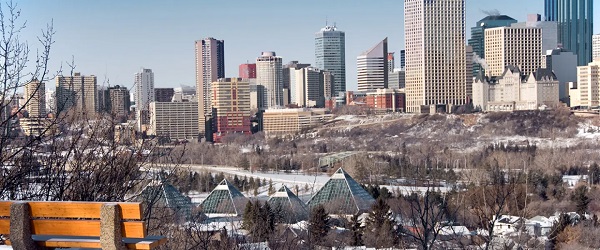
From the Fraser Institute
By Tegan Hill and Austin Thompson
In cities across the country, modest homes have become unaffordable for typical families. Calgary and Edmonton have not been immune to this trend, but they’ve weathered it better than most—largely by making it easier to build homes.
Specifically, faster permit approvals, lower municipal fees and fewer restrictions on homebuilders have helped both cities maintain an affordability edge in an era of runaway prices. To preserve that edge, they must stick with—and strengthen—their pro-growth approach.
First, the bad news. Buying a home remains a formidable challenge for many families in Calgary and Edmonton.
For example, in 2023 (the latest year of available data), a typical family earning the local median after-tax income—$73,420 in Calgary and $70,650 in Edmonton—had to save the equivalent of 17.5 months of income in Calgary ($107,300) or 12.5 months in Edmonton ($73,820) for a 20 per cent down payment on a typical home (single-detached house, semi-detached unit or condominium).
Even after managing such a substantial down payment, the financial strain would continue. Mortgage payments on the remaining 80 per cent of the home’s price would have required a large—and financially risky—share of the family’s after-tax income: 45.1 per cent in Calgary (about $2,757 per month) and 32.2 per cent in Edmonton (about $1,897 per month).
Clearly, unless the typical family already owns property or receives help from family, buying a typical home is extremely challenging. And yet, housing in Calgary and Edmonton remains far more affordable than in most other Canadian cities.
In 2023, out of 36 major Canadian cities, Edmonton and Calgary ranked 8th and 14th, respectively, for housing affordability (relative to the median after-tax family income). That’s a marked improvement from a decade earlier in 2014 when Edmonton ranked 20th and Calgary ranked 30th. And from 2014 to 2023, Edmonton was one of only four Canadian cities where median after-tax family income grew faster than the price of a typical home (in Calgary, home prices rose faster than incomes but by much less than in most Canadian cities). As a result, in 2023 typical homes in Edmonton cost about half as much (again, relative to the local median after-tax family income) as in mid-sized cities such as Windsor and Kelowna—and roughly one-third as much as in Toronto and Vancouver.
To be clear, much of Calgary and Edmonton’s improved rank in affordability is due to other cities becoming less and less affordable. Indeed, mortgage payments (as a share of local after-tax median income) also increased since 2014 in both Calgary and Edmonton.
But the relative success of Alberta’s two largest cities shows what’s possible when you prioritize homebuilding. Their approach—lower municipal fees, faster permit approvals and fewer building restrictions—has made it easier to build homes and helped contain costs for homebuyers. In fact, homebuilding has been accelerating in Calgary and Edmonton, in contrast to a sharp contraction in Vancouver and Toronto. That’s a boon to Albertans who’ve been spared the worst excesses of the national housing crisis. It’s also a demographic and economic boost for the province as residents from across Canada move to Alberta to take advantage of the housing market—in stark contrast to the experience of British Columbia and Ontario, which are hemorrhaging residents.
Alberta’s big cities have shown that when governments let homebuilders build, families benefit. To keep that advantage, policymakers in Calgary and Edmonton must stay the course.
-
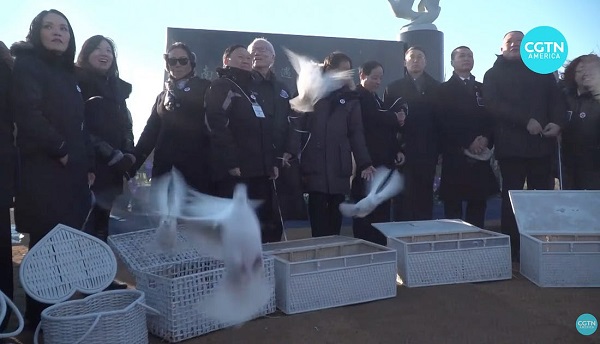
 espionage2 days ago
espionage2 days agoCarney Floor Crossing Raises Counterintelligence Questions aimed at China, Former Senior Mountie Argues
-

 Business2 days ago
Business2 days agoTaxing food is like slapping a surcharge on hunger. It needs to end
-

 Business1 day ago
Business1 day agoThere’s No Bias at CBC News, You Say? Well, OK…
-

 Energy2 days ago
Energy2 days ago75 per cent of Canadians support the construction of new pipelines to the East Coast and British Columbia
-

 Health1 day ago
Health1 day agoFDA warns ‘breast binder’ manufacturers to stop marketing to gender-confused girls
-
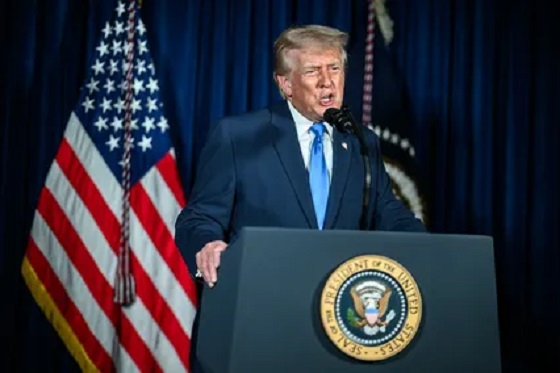
 Daily Caller1 day ago
Daily Caller1 day agoTrump Reportedly Escalates Pressure On Venezuela With Another Oil Tanker Seizure
-
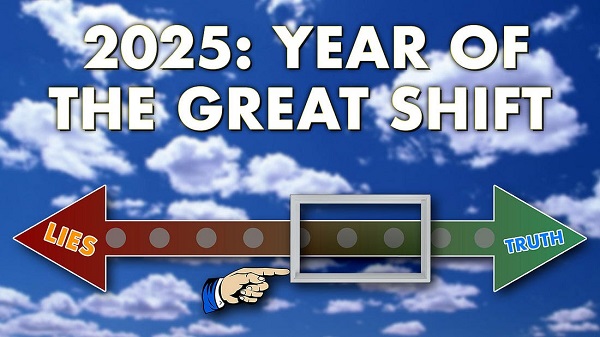
 International1 day ago
International1 day ago2025: The Year The Narrative Changed
-

 Uncategorized13 hours ago
Uncategorized13 hours agoMortgaging Canada’s energy future — the hidden costs of the Carney-Smith pipeline deal











